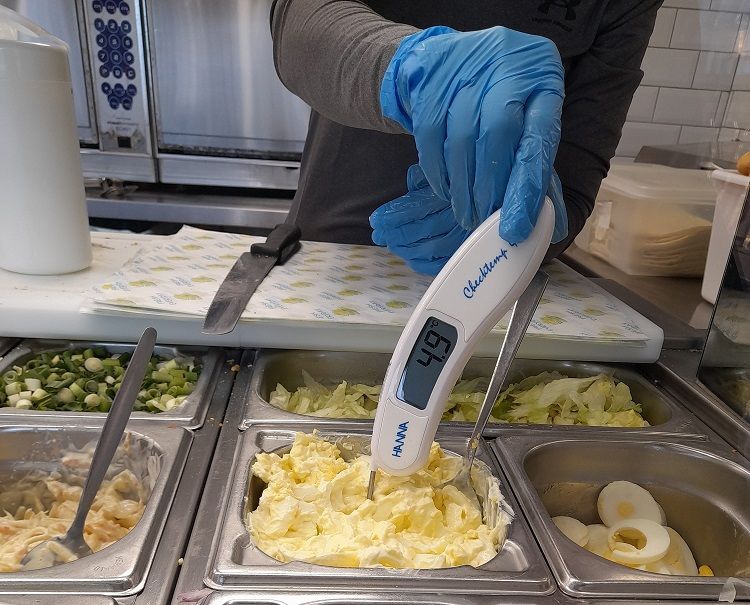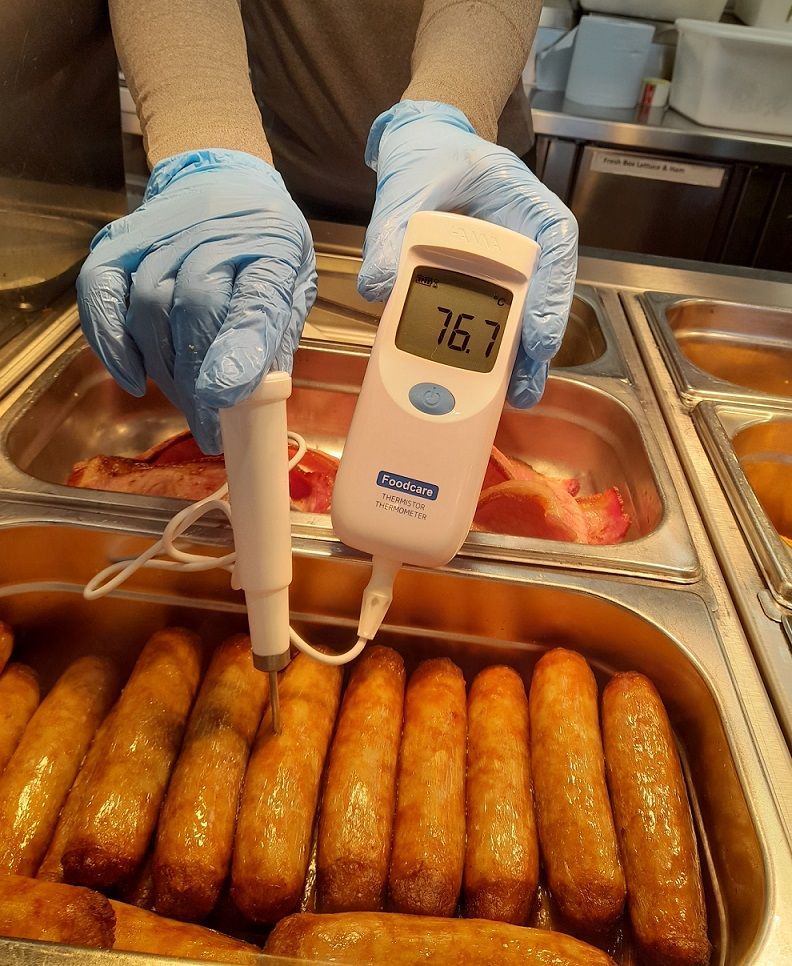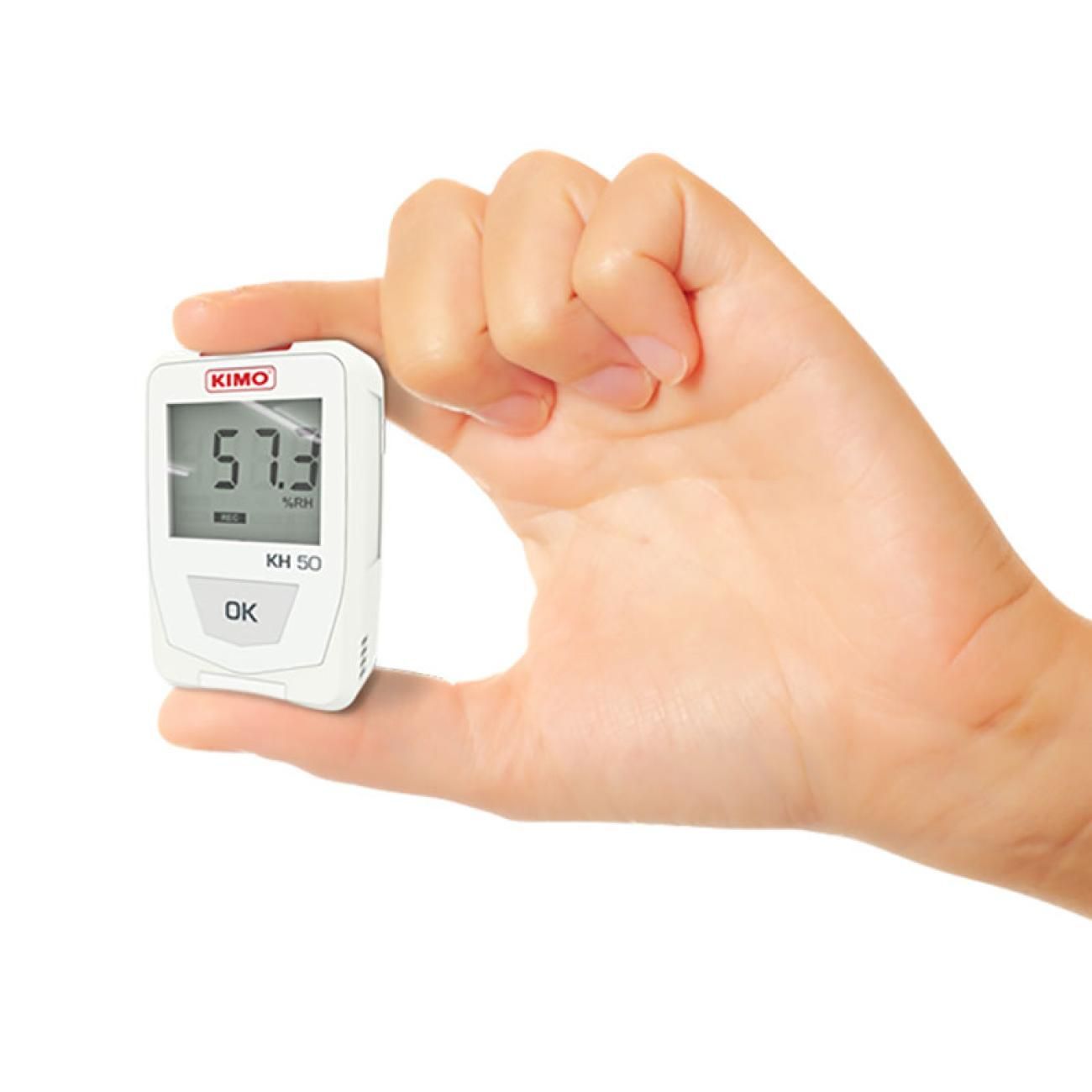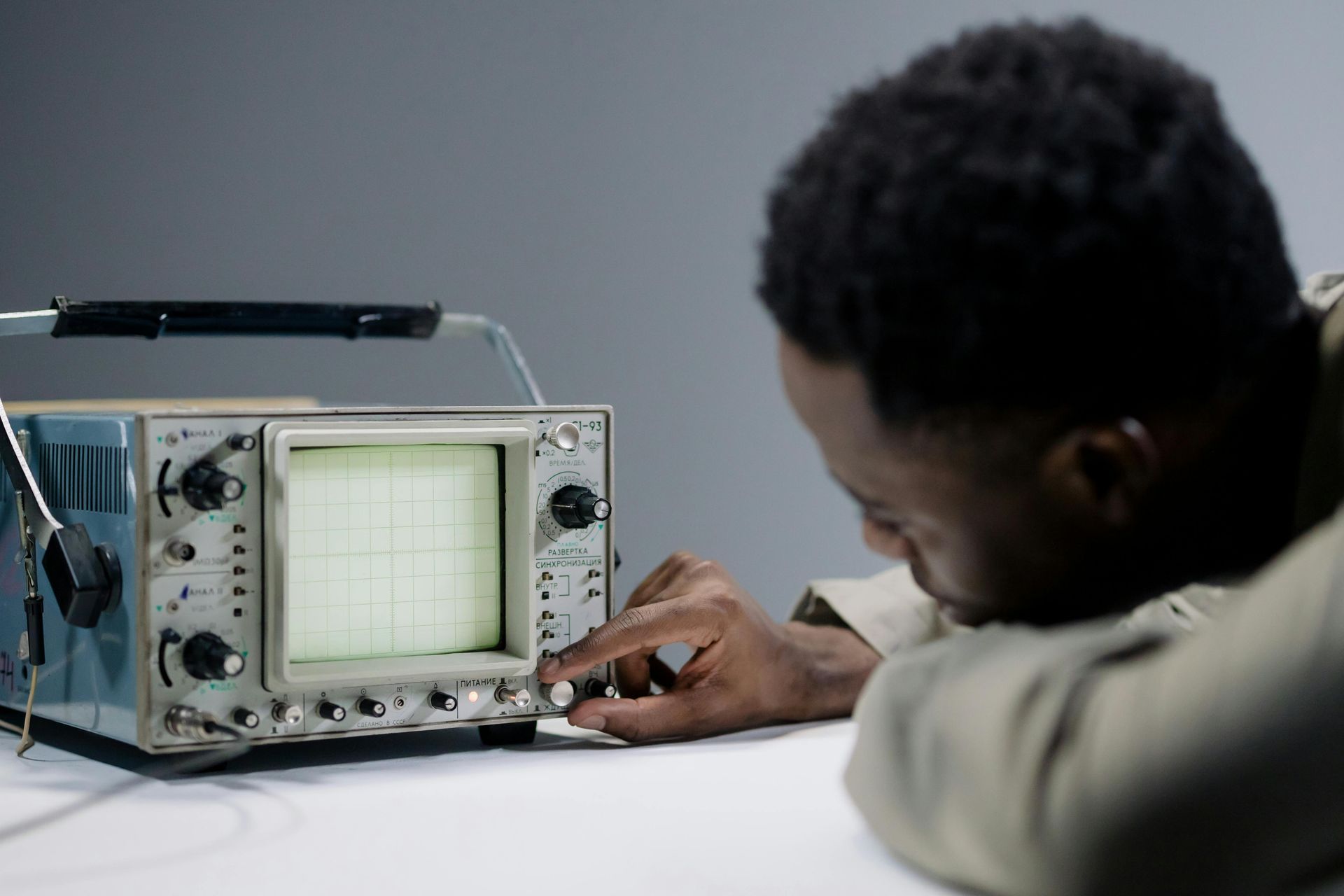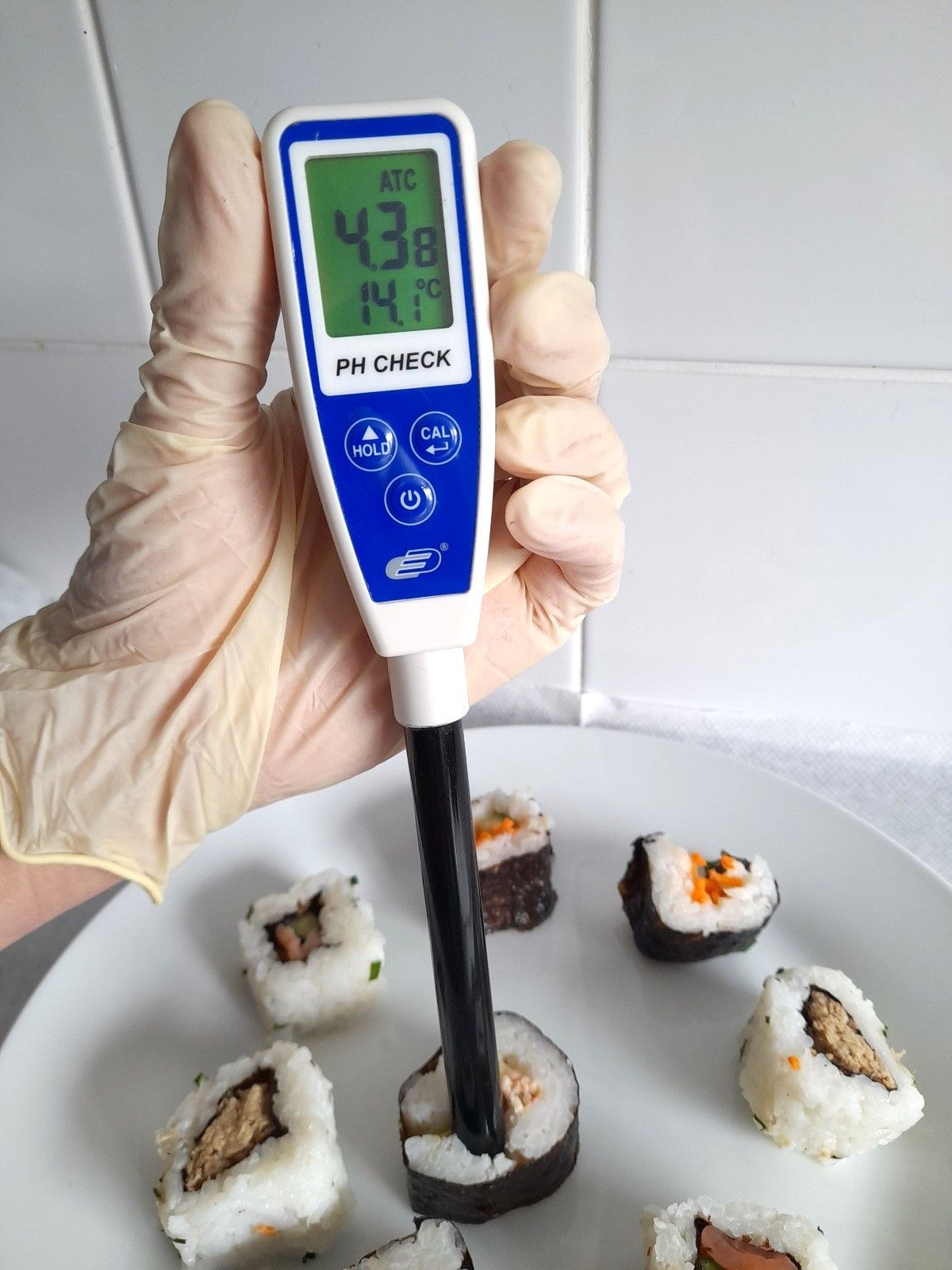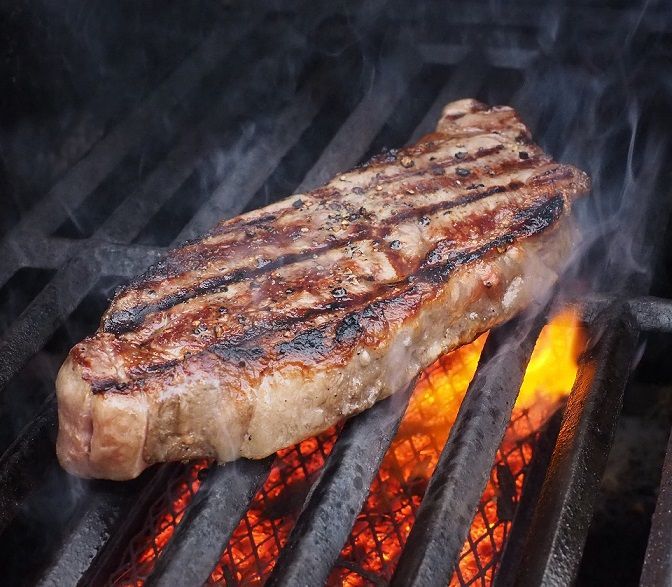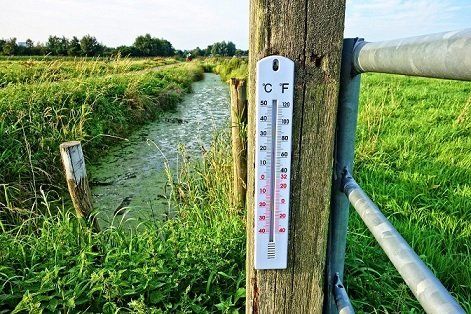19 July 2025
Why Food Temperature Checks Are Crucial—Especially in Hot Weather?
When summer temperatures soar, so do the risks of foodborne illnesses. Whether you're running a restaurant, catering an event, or just packing a picnic, keeping food at safe temperatures isn’t just good practice—it’s essential. Hot weather accelerates bacterial growth, turning what might be a minor oversight in winter into a serious health hazard in July.
The Danger Zone: What You Need to Know
Bacteria that cause foodborne illnesses, such as Salmonella, E. coli, and Listeria, thrive between 4°C and 60°C — a range known as the "danger zone". In this range, bacteria can double in number in as little as 20 minutes.
During the summer, outdoor temperatures can easily push food left out of refrigeration into this danger zone. Without proper monitoring, perishable items like meat, dairy, and seafood can become unsafe within a short period of time.
Why Temperature Checks Matter
1. Prevent Foodborne Illnesses
Checking temperatures helps ensure food stays out of the danger zone, reducing the risk of contamination and illness
2. Meet Food Safety Regulations
Consistent temperature monitoring is part of food safety compliance. Neglecting this can result in violations, fines, or even business closures.
3. Protect Your Reputation
Spot checking temperatures for HACCP compliance, ensures daily work routines are carried out at the correct temperature and conform to all procedures and regulations. Demonstrating that you take food safety seriously builds trust with customers and clients.
4. Reduce Waste
By knowing exactly when food becomes unsafe, you avoid unnecessary disposal of perfectly good products while confidently discarding anything that poses a risk.
Tips for Safe Food Temperatures in Summer
Techris Systems can provide you with temperature measurement solutions like thermometers and data loggers.
- Invest in a quality thermometer and use it regularly, especially for meats, prepared dishes, and cold storage units.
- Store perishables in fridges and freezers and use a data logger to monitor the temperatures.
- Limit exposure time: Never leave perishable food out for more than 2 hours—or 1 hour if the temperature is above 32°C.
- Label and log temperatures at regular intervals during service, storage, or transport or record temperatures using a data logger such as the KT50 data logger that provides fast, accurate downloads.
Temperature Checks
Hot weather is no excuse for cutting corners on food safety. In fact, it’s the time to be even more vigilant. Temperature checks are a simple yet powerful tool in preventing foodborne illness, staying compliant, and protecting your business or family. Whether you’re indoors or out, make food temperature checks a non-negotiable part of your summer food safety routine.
Contact Techris Systems, our dedicated team are always available to offer you advice and solutions for all your temperature measurement needs.


